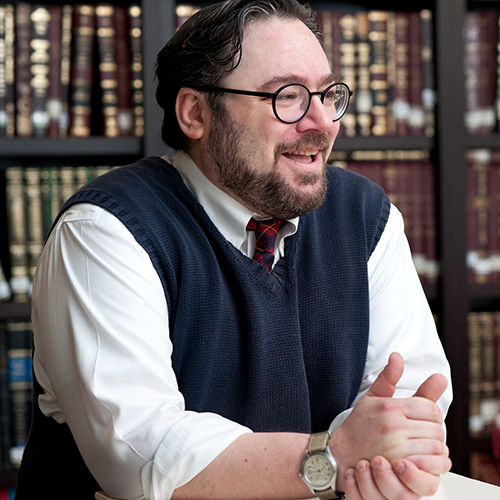Babylonian Talmud Shabbat 22a

Abbaye said, “My teacher always followed the rulings of Rav, except in these three matters, in which he followed Shemuel: that one may light one [Hanukkah] lamp with another, that one may untie [the tzitzit] to move them from one garment to another, and that the law follows Rabbi Shimon in the case of ‘dragging.’” As it was taught, “Rabbi Shimon says, ‘A person may drag a couch, a chair or a bench [on Shabbat] so long as they do not intend to dig a furrow.’”
אמר אביי כל מילי דמר עביד כרב לבר מהני תלת דעביד כשמואל מדליקין מנר לנר ומתירין מבגד לבגד והלכה כרבי שמעון בגרירה דתניא רבי שמעון אומר גורר אדם מטה כסא וספסל ובלבד שלא יתכוין לעשות חריץ
Abbaye (a mid-fourth-century Sage from Babylonia) reports that his teacher and adoptive father, Rabba bar Nachmani, usually followed the rulings of the early-third-century figure Rav. Here, Abbaye also provides us with three areas in which his master departed from Rav’s approach, favoring instead that of Rav’s contemporary, Shemuel. In all three cases, Rabba bar Nachmani, Abbaye reports, followed Shemuel’s more lenient approach. Let us focus on the last of these three, the case of dragging a bench over open ground on Shabbat.
Do your actions on Shabbat have meaning only when they fulfill your intent? Is an unthinking action meaningless? Or does every action we take have meaning that is based on the consequences that action causes in the world? When one digs a furrow in the ground, preparing it for the sowing of seed, one has violated Shabbat. Is the same true when one creates the furrow unintentionally by dragging a heavy bench over open ground? Rabbi Shimon states that one may drag the bench, so long as the individual’s intent was to move the bench, not to make the furrow. Rabbi Shimon seems to think that intent is key, that without intent, one cannot be held liable for one’s actions.
Questions:
- Do you agree with Rabbi Shimon about intent? Why or why not?
- Do you see the cases of the Hanukkah lamps and the tzitzit related to that of the “dragging”? Why or why not?



